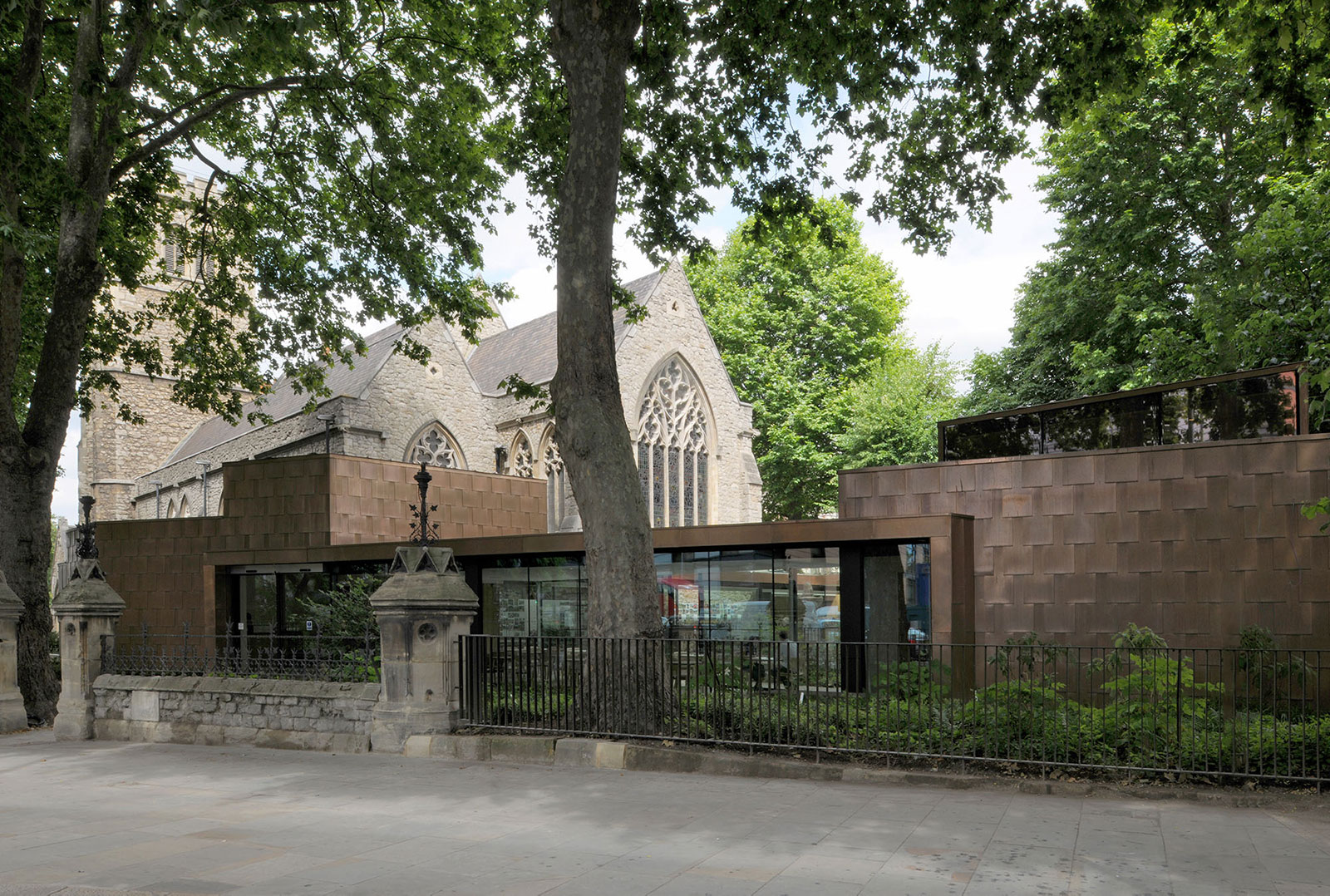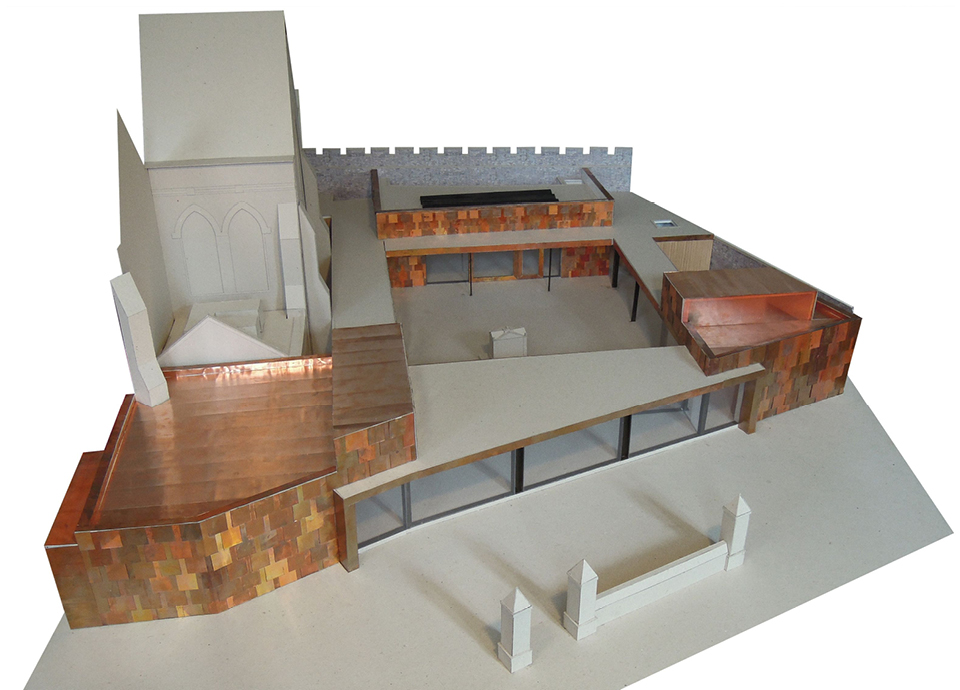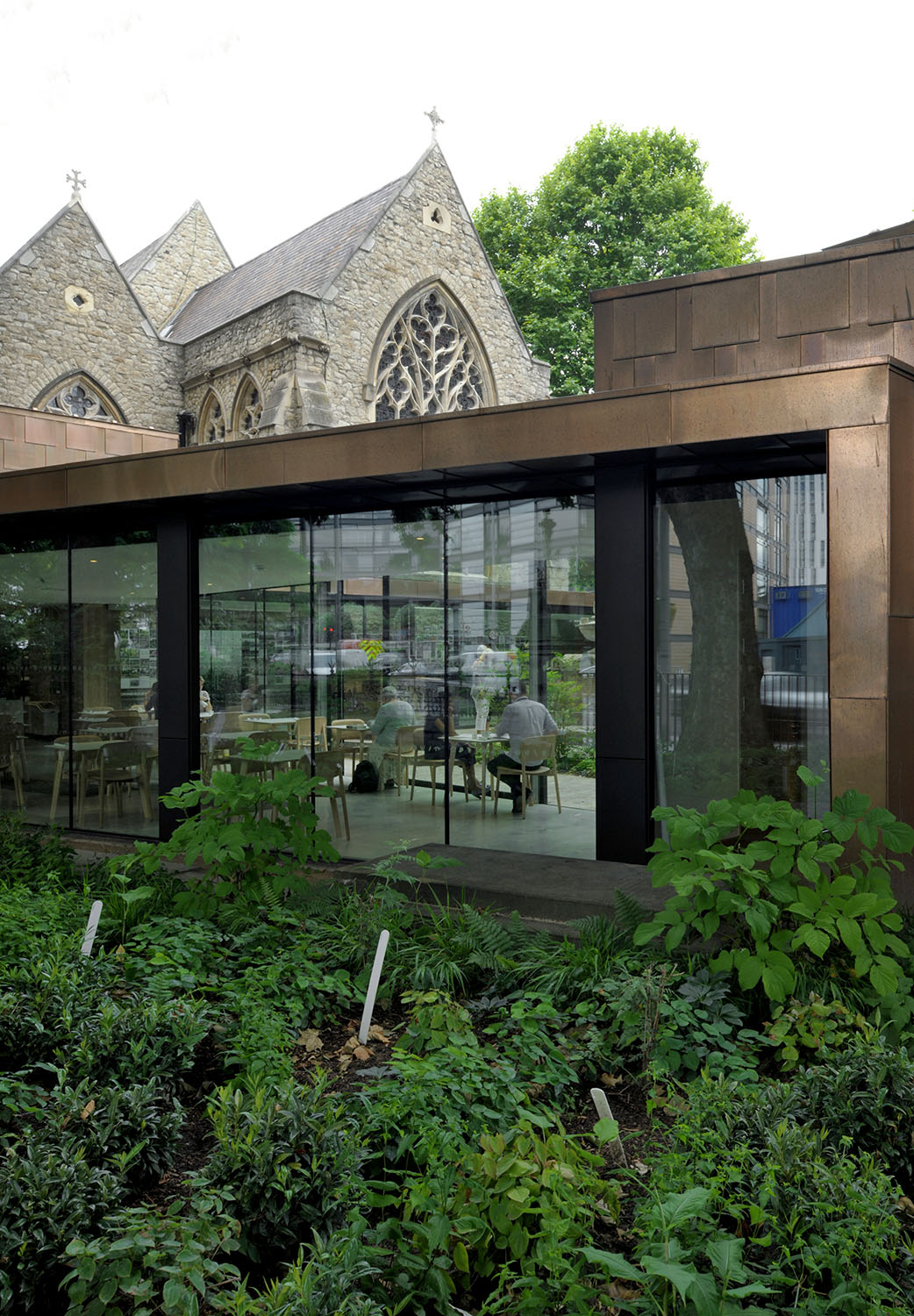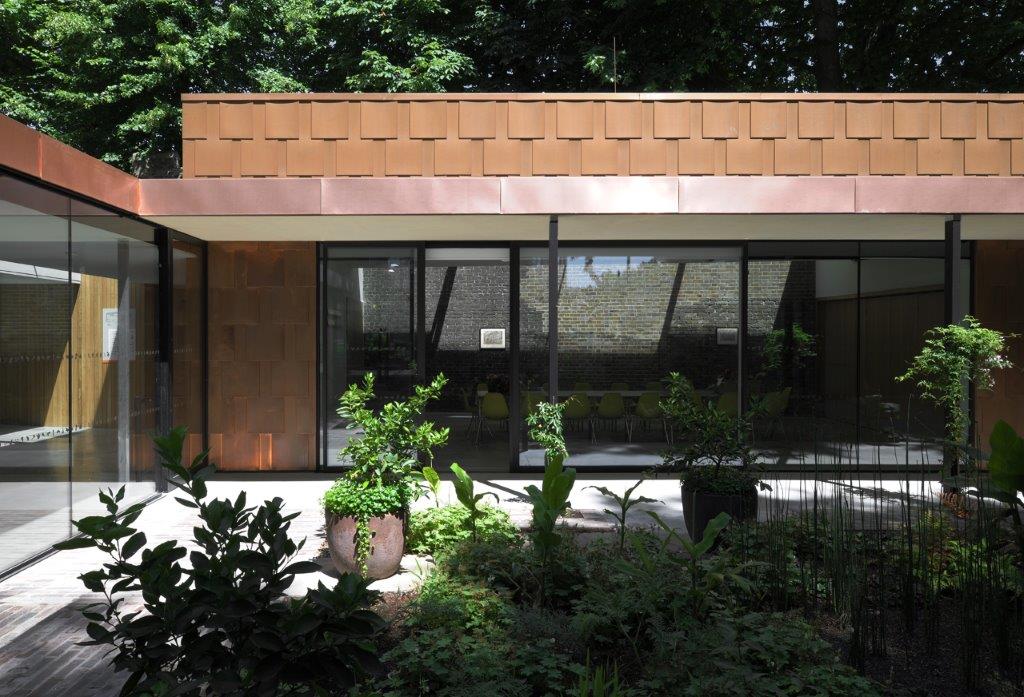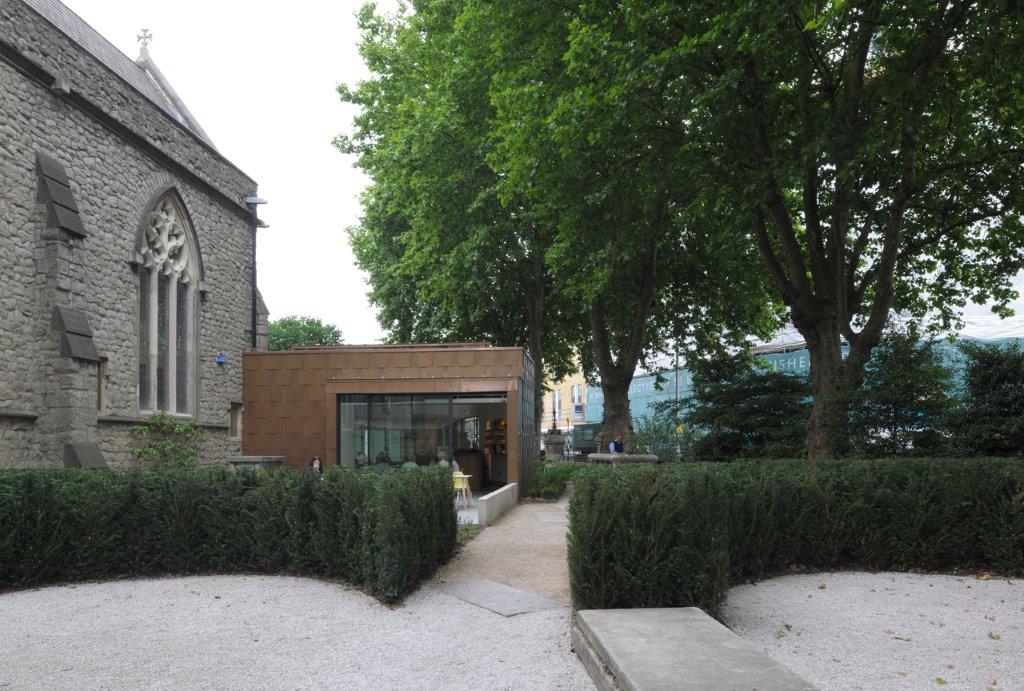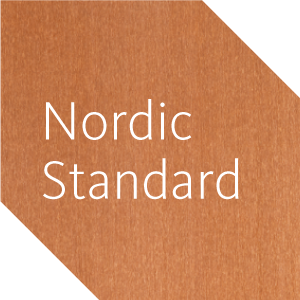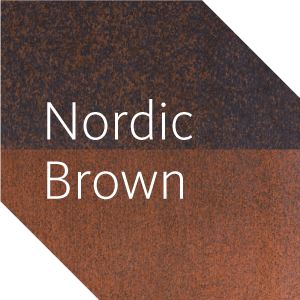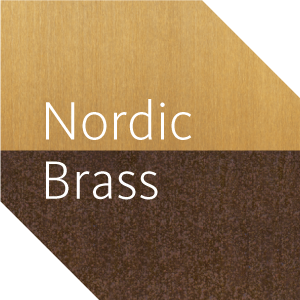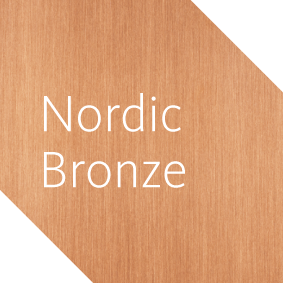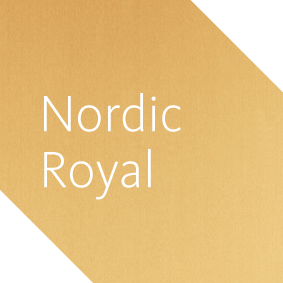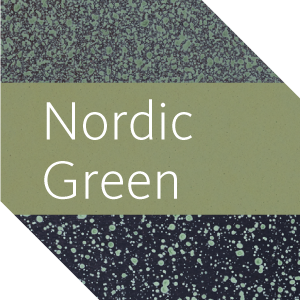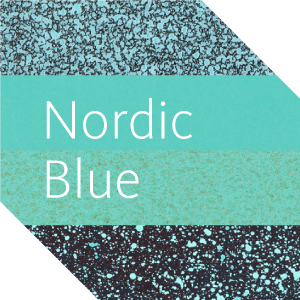Nordic Bronze clad interventions expanding a museum on one of London’s most historically important and challenging sites exude a timeless quality – despite using modern, lightweight construction techniques.
The Garden Museum overlooks the River Thames and the Houses of Parliament beyond, and adjoins Lambeth Palace – for nearly 800 years the London residence of the Archbishop of Canterbury, the head of the Church of England. It celebrates the history, culture and design of gardens and is housed in the deconsecrated, protected church of St Mary at Lambeth.
The architects’ first phase of work in 2008 involved a two-storey gallery inside the church, creating new galleries, an education room and storage, and consolidated the nave as an events space. This allowed the museum’s many varied events and educational activities to flourish, and generated a 400% growth in visitor numbers in the first year.
Dramatic urban presence
The 2013 competition-winning second phase extends the museum both within the existing building and out into the churchyard. Being housed in a church building, the museum was often mistaken for part of the neighbouring Lambeth Palace. So, the new building provides a much-needed, dramatic urban presence – a cluster of bronze-clad, timber frame pavilions fronting the street.
The pavilions provide rooms for learning and community activities and a café, connected by a glazed cloister that frames a new, Dan Pearson designed garden. Offices, workshops and other support areas fill a gap between the church and garden wall. The site presented many challenges including protected trees, historic tombs and views to Lambeth Palace – as well as some 36,000 bodies in the old cemetery. The architects’ solution is a lightweight, Nordic Bronze clad timber structure built on a thin 300mm concrete raft.
The pavilions use bespoke Nordic Bronze shingles set out to reflect the scale-like quality of the bark of the surrounding plane trees. Plane trees were introduced to Britain by royal plant-gatherer John Tradescant, who is buried in the churchyard and is the genesis of the museum.
A full-scale mock-up of the facade was built on site to explore different cladding material options of bronze, brass and preoxidised copper. The architects chose Nordic Bronze as “a lightweight material that will weather from a bright copper colour to an even earthy chocolate brown. This colour will allow the building to sit quietly within the graveyard, allowing the garden and church the strongest presence”. Some flat roofs are also bronze covered, alongside planted ‘green roofs’.
Bespoke bronze shingles
The interlocking Nordic Bronze shingles are 950 x 450mm, spaced 150mm apart horizontally, have concealed fixings and are folded at the edges for strength. They were formed on site and fixed to resilient marine plywood, with separating breather membrane in between. This was backed by a 50mm battened vent zone before another layer of marine ply mounted on the insulated timber stud frame of the building.
Nordic Bronze shingles were used internally in some areas as well. The shingles wrap tightly around the façade, meeting the windows and slim warm roof construction to form a crisp outline. Mechanical extract vents were integrated into the cladding shingles by creating custom bronze cowls which protrude outwards.



